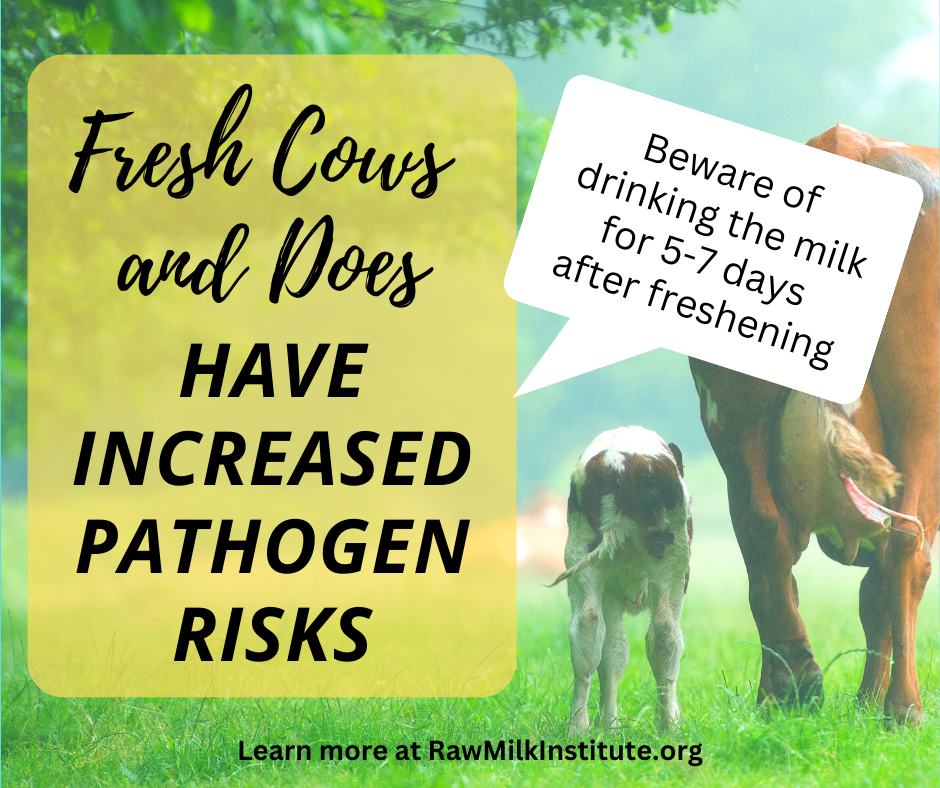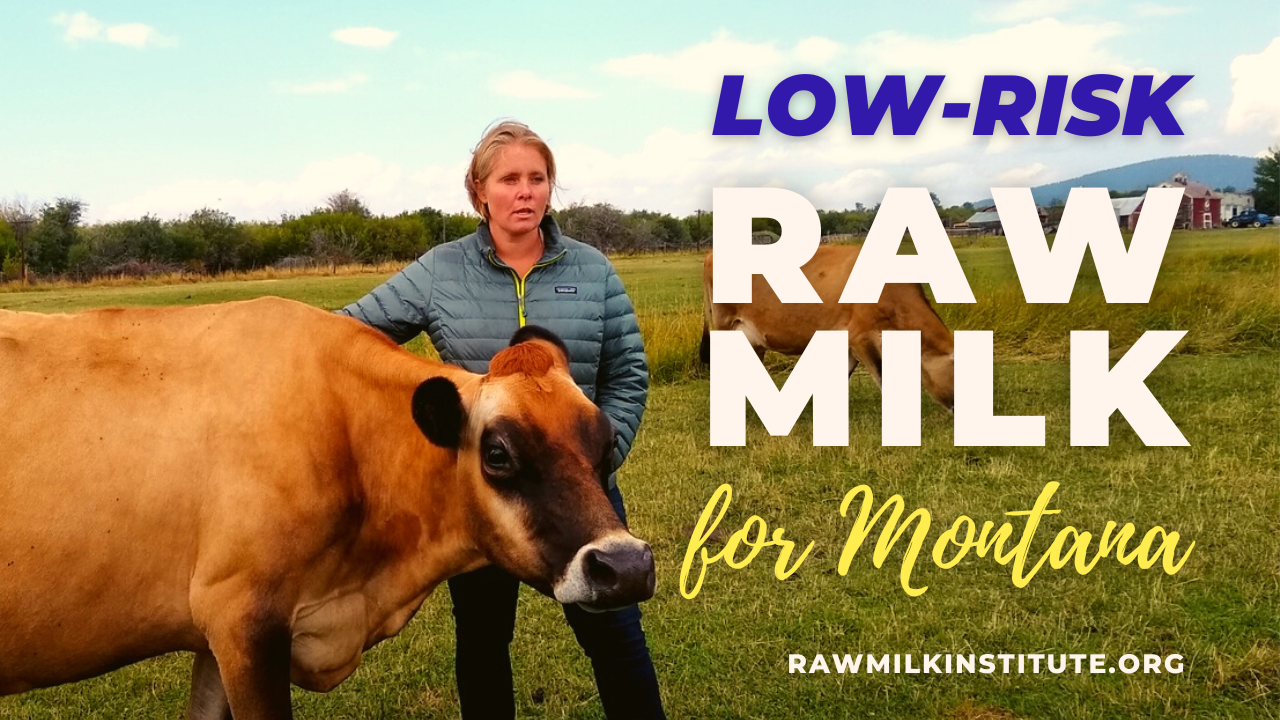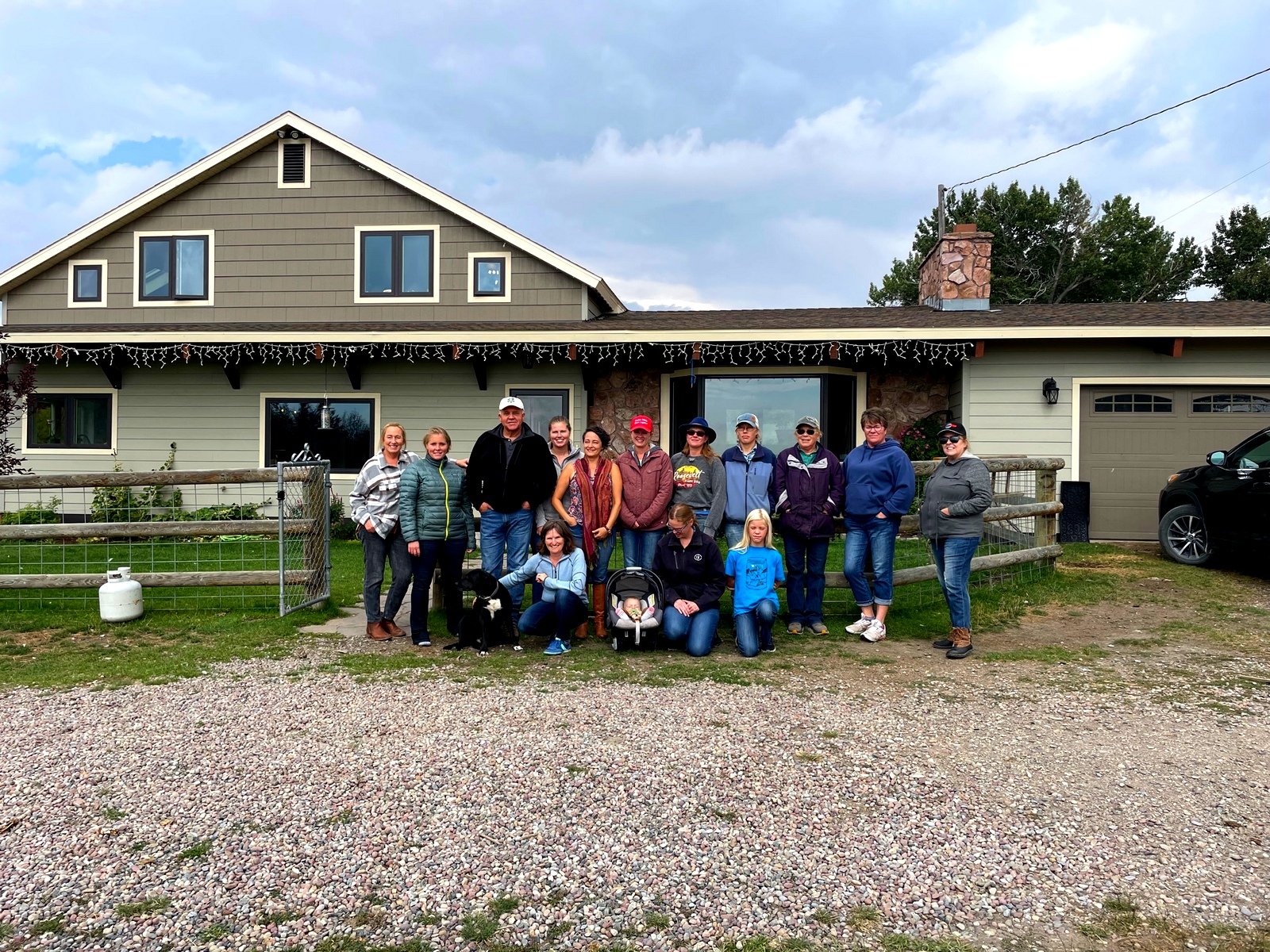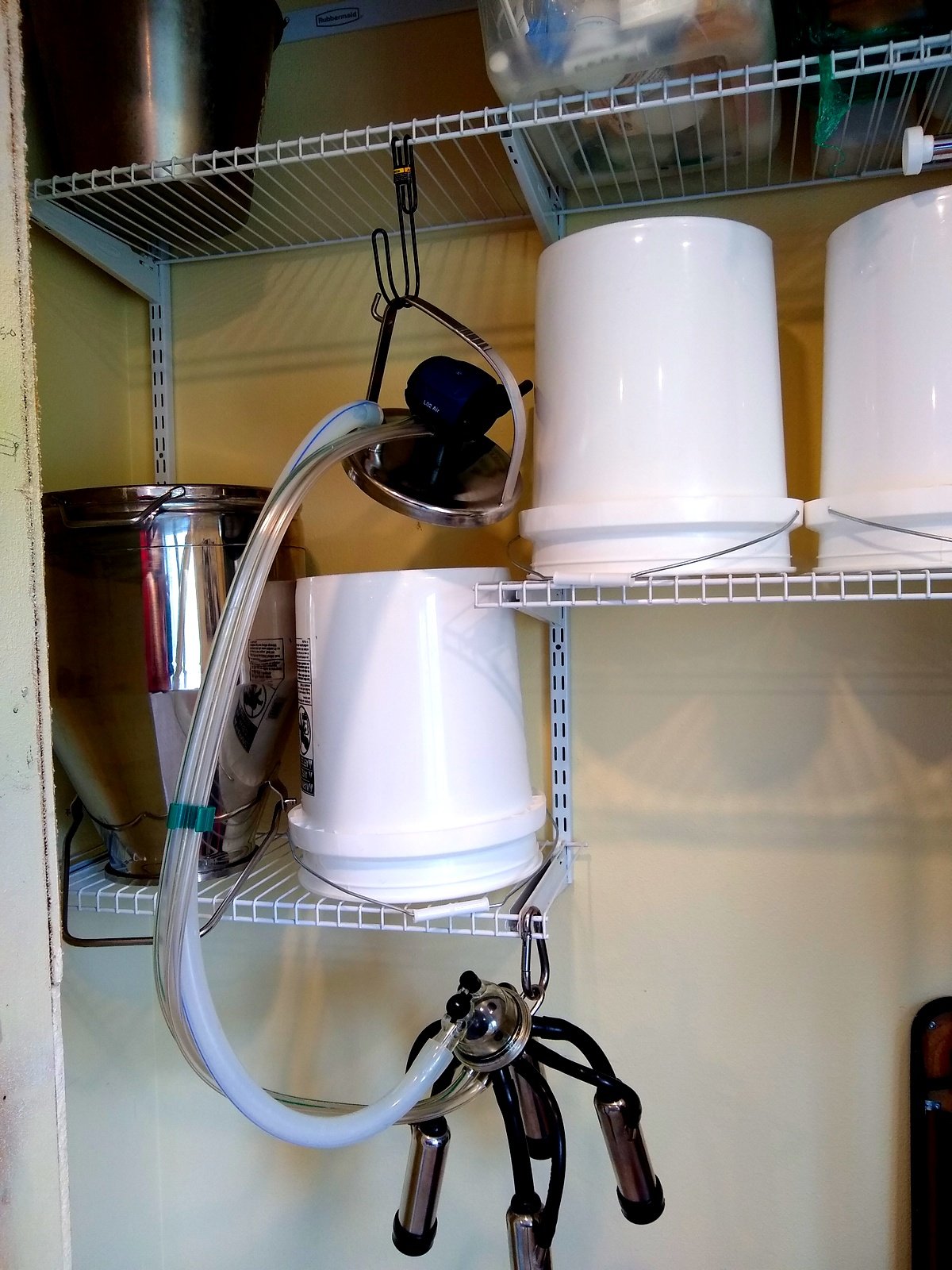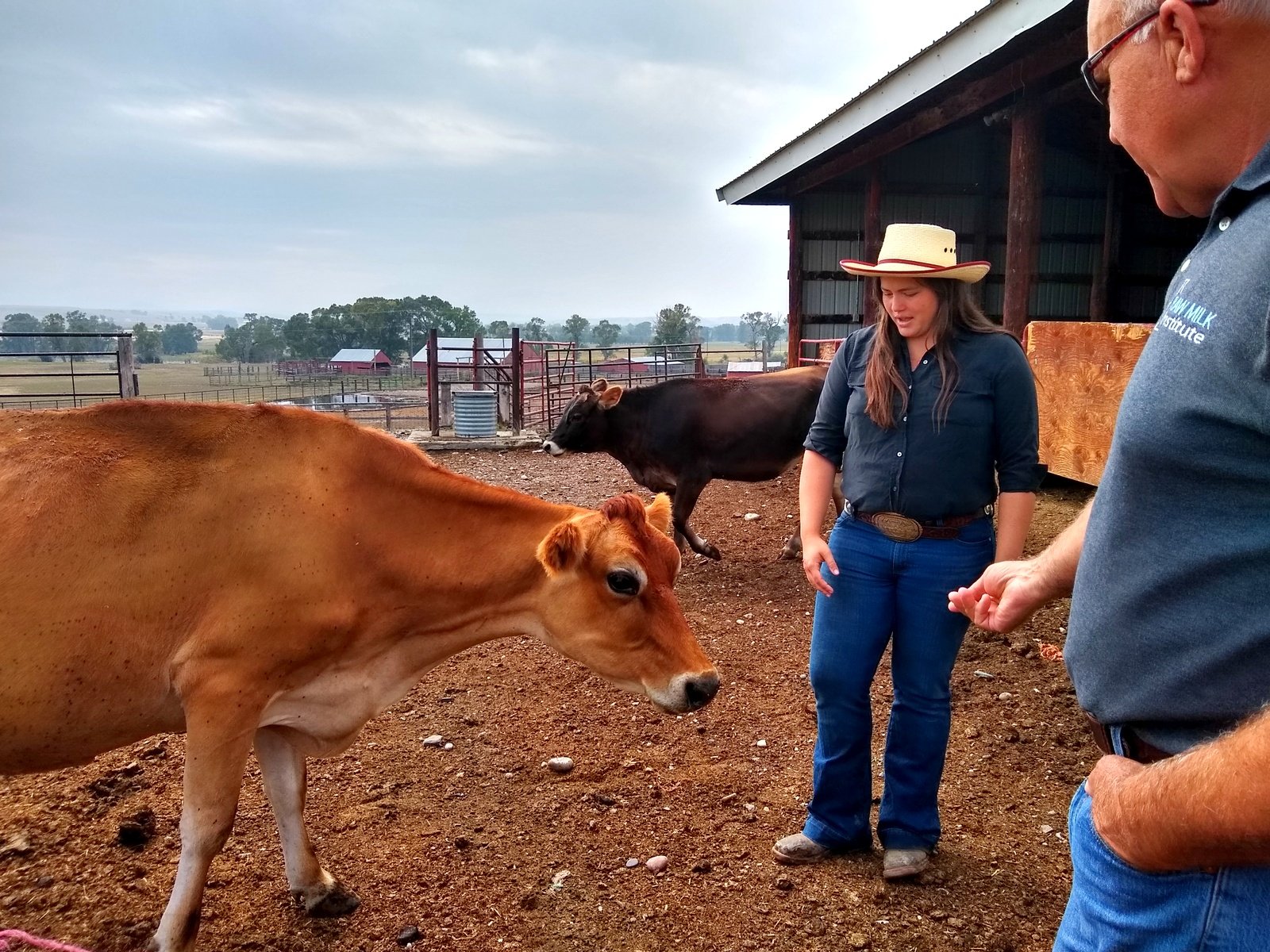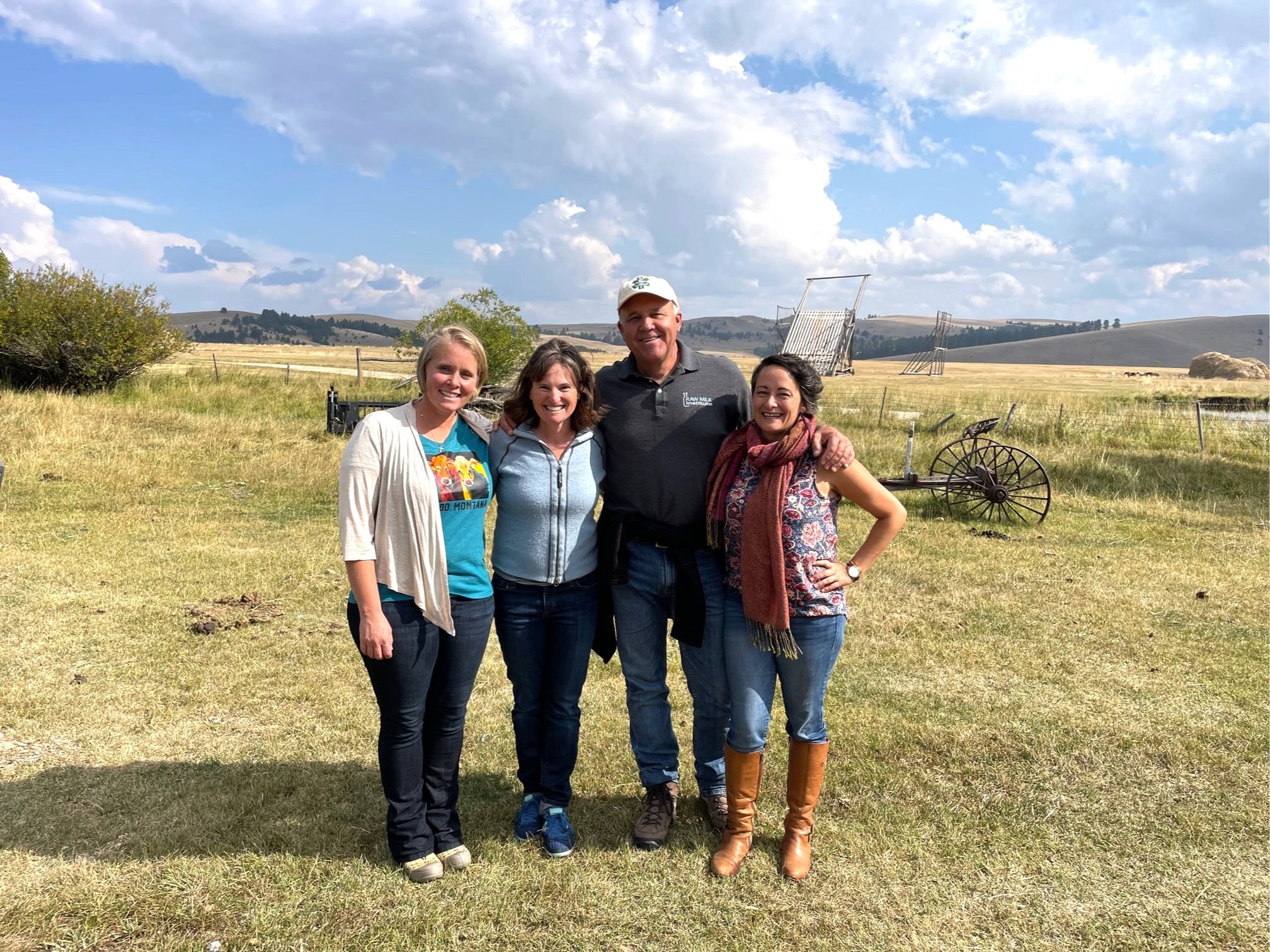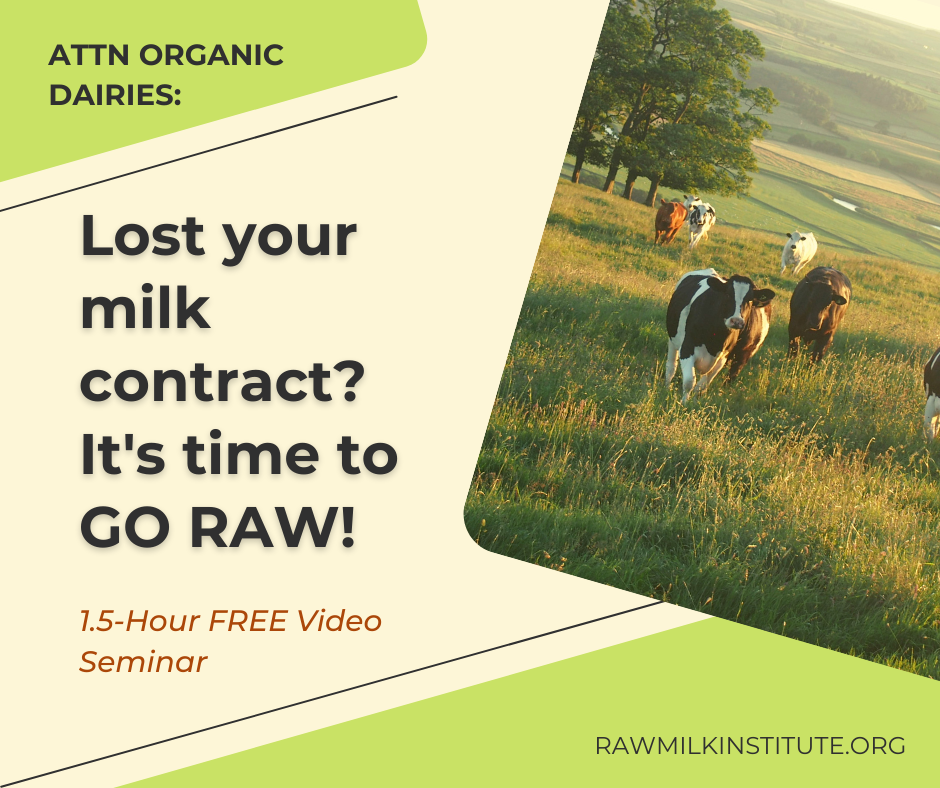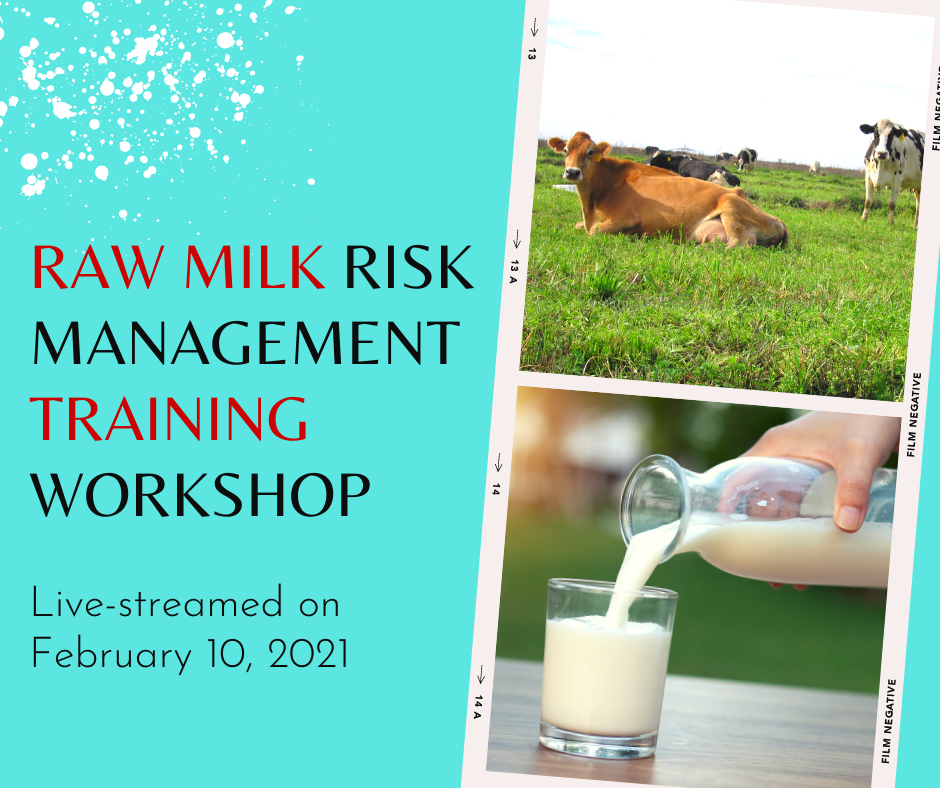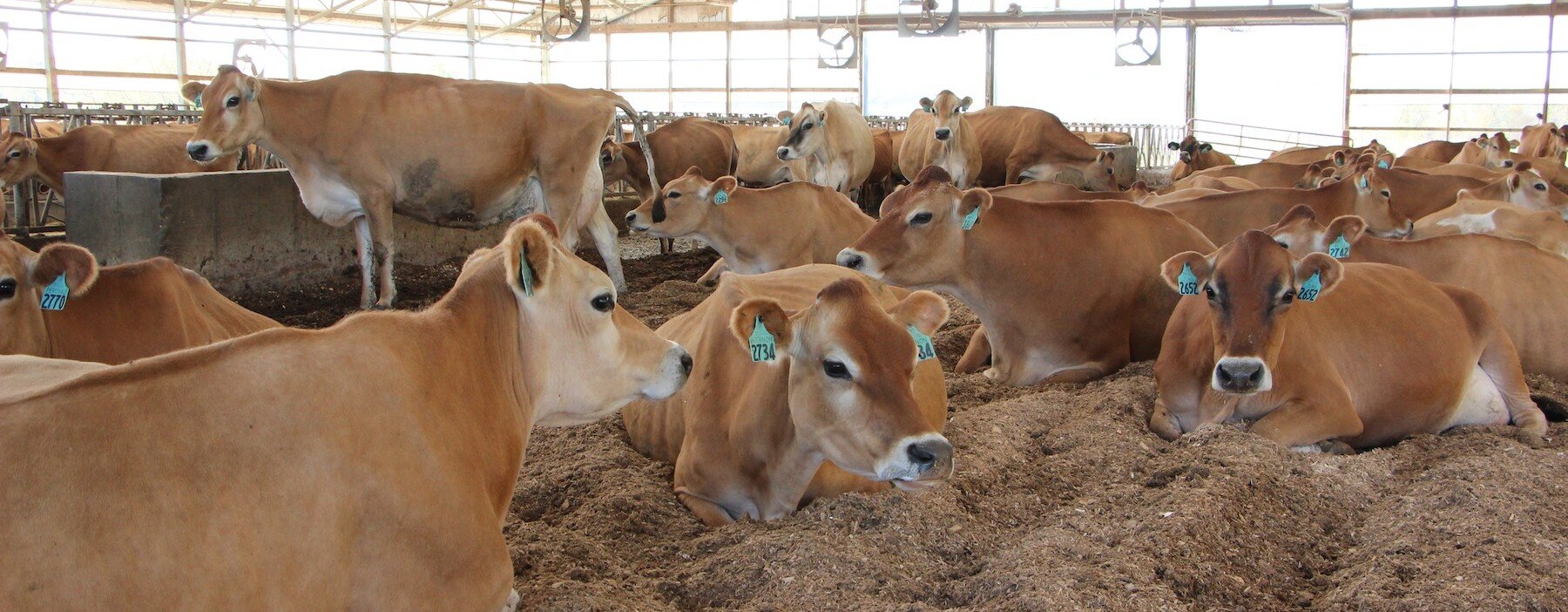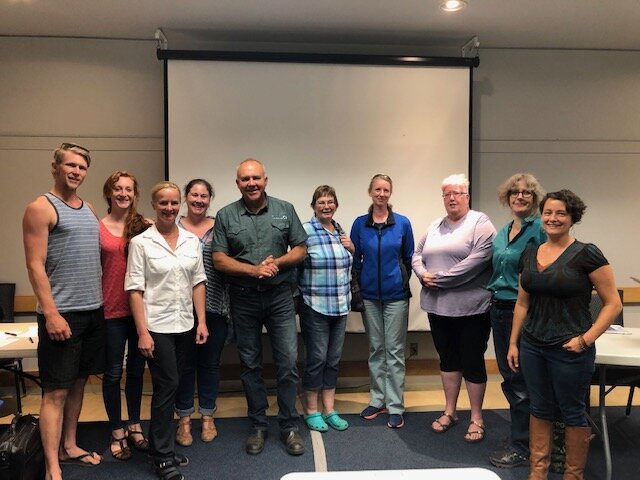For farmers who are producing raw milk for direct human consumption, it is important to understand the risks related to fresh cows and does. Freshening is a time of tremendous change as the udder moves into the production of colostrum and milk. During this time of transition while the milk supply is being established, there is a higher likelihood of mastitis and pathogens being present in the udder. Although pathogens in well-produced raw milk are rare, they are still an important consideration and we encourage all raw milk farmers to take pathogens seriously.
Fresh Cows and Pathogens
Our understanding of the increased pathogen risks in fresh cows/does is largely based on test data from RAW Farm in California. This dairy was founded by RAWMI Chairman Mark McAfee over 20 years ago, and it operates on a different scale than most raw milk dairies. RAW Farm is milking over 800 head of cattle and serving thousands of customers with distribution to over 400 stores in California. With this relatively large scale of raw milk production, RAW Farm has implemented some unique risk management strategies to ensure that the milk they provide is ultra-low-risk.
RAW Farm utilizes frequent pathogen testing as part of their risk management strategy. After having a positive E coli 0157:H7 test in a fresh cow’s milk years ago, RAW Farm started performing more frequent testing on individual fresh cows. The overall test dataset shows that although pathogen detections are still rare, nonetheless fresh cows are more likely to test positive for pathogens than cows whose milk supply is well-established.
Based on this experience, RAW Farm chooses to err on the side of being extra careful, so they withhold the milk from fresh cows from their bulk tank for a minimum of 28 days and do multiple sets of pathogen tests on each fresh cow before adding her milk to the bulk tank. However, we would not expect small-scale farms to undergo the same rigorous, expensive protocol.
Withhold Milk for 5-7 Days, Then Check To Make Sure All is Well
Our general recommendation is for raw milk farmers to ensure that milk from fresh cows/does is not used for direct human consumption for a minimum of 5-7 days after freshening. After that period, we recommend that intentional methods be used to ensure there is no inflammation or mastitis present. Some methods that have been used successfully at other farms include:
udder inspection for signs of inflammation
testing such as mastitis, coliform, pathogen, and/or somatic cell count tests
There are several types of on-farm mastitis tests available, including 4-Way California Mastitis Test, Mas-D-Tec, and Udder Check. When combined with visual inspection, these tests serve as a verification step prior to using the milk for direct human consumption.
Milk Fresh Cows and Does Last
Another risk management strategy is to make sure that the fresh cows/does are milked last, to ensure that any potential pathogens do not contaminate the milk from other animals. After milking the fresh cows/does last, the milking machine should be rigorously cleaned, with special care taken for any complex parts such as valves.
What to Do With The Withheld Milk
Right after freshening, the colostrum should ideally be fed to calves/kids, who will benefit from its immune-system strengthening properties. Once the colostrum has cleared, and assuming that the milk looks healthy, this milk can be used for making inherently-low-risk foods such as butter or aged-cheeses. Due to their low moisture content and low pH, these foods are very unlikely to harbor pathogens.
Acknowledge the Risk and Make a Plan
Managing the increased pathogen risks for fresh cows/does need not be complicated. Just as for other potential risks, we recommend that farmers acknowledge the risk and make a plan for how to handle it. This will reduce the likelihood of anything going wrong, for the benefit of both the customers and farmers. With proper risk management, low-risk raw milk is achievable.
Want help in optimizing your own production of raw milk? Check out our FREE Listing Program for farmers!
This article was published in the May 2023 issue of Graze Magazine.

